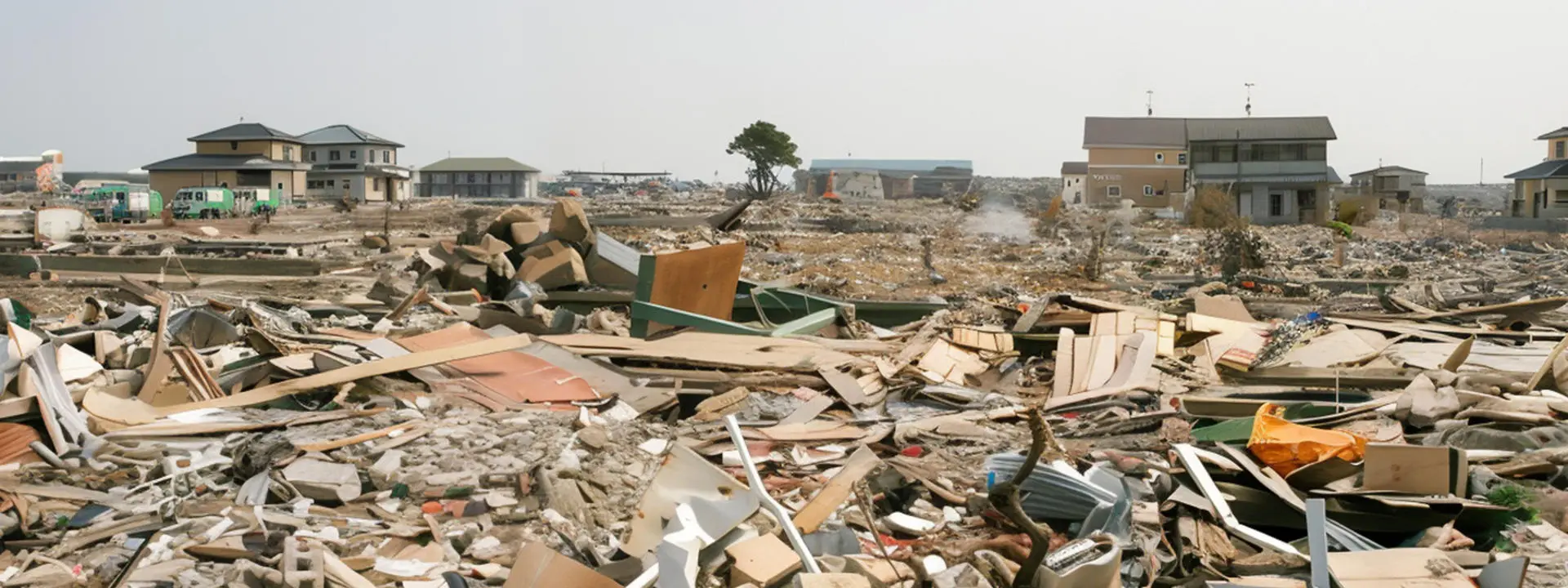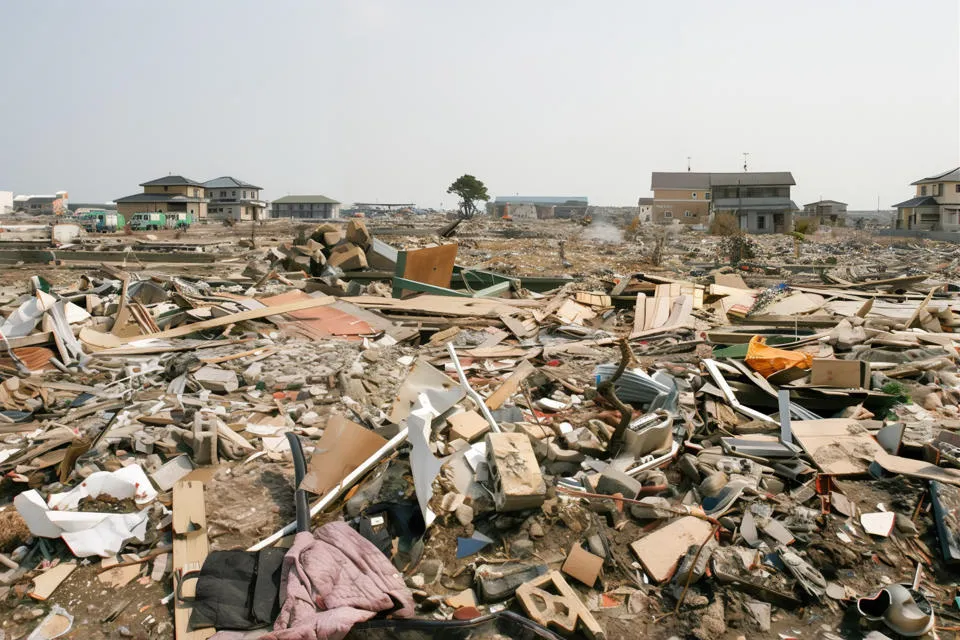Heriot-Watt scientists to join expedition investigating 2011 Japan earthquake and tsunami

Two Heriot-Watt scientists have won coveted spots on an international research cruise to investigate the causes of the 2011 Tohoku-oki earthquake and subsequent tsunami in Japan.
Dr Amy Gough and Dr Uisdean Nicholson, both sedimentologists from Heriot-Watt's School of Energy, Geoscience, Infrastructure and Society, will join the International Ocean Discovery Program (IODP) expedition 405 in September 2024.
They are two of just three UK scientists invited to join the expedition, which will be the IODP’s last.
Shallow slip contributed to the extreme tsunami
The 9.0 magnitude 2011 Tohoku-oki earthquake was one of the largest ever recorded. It was accompanied by a devastating tsunami that affected over 500km of Japanese coastline and killed over 18,000 people.
The earthquake happened because two tectonic plates met and one pushed under the other in a subduction zone under the ocean offshore Japan. During the earthquake, there was a lot of slip at a shallow angle along the subduction fault where the two tectonic plates met. This shallow slip played a major role in generating the large tsunami waves that inundated the Japanese coast.

Dr Uisdean Nicholson said: “IODP 405 aims to investigate the conditions and processes that led to the extremely shallow slip in 2011.
“Usually slip occurs in the seismogenic zone, around 3-4km below the seabed. This time something unusual was at work, and the slip propagated all the way up to the seafloor.
“This led to movement along the fault zone of over 50m, across a couple of hundred kilometres of the plate boundary. That meant a huge amount of rock was shifting and displacing the water, which in turn caused a much greater tsunami than expected. It had recorded wave heights exceeding 40m, and we know the runup was much higher than that.
“We need to understand why this shallow slip occurred and what’s happening now in the fault zone 13 years later.”
Extracting cores from the Pacific seabed
The Heriot-Watt scientists are among 56 researchers from around the world joining the expedition.
They will be using the Japanese scientific drilling vessel Chikyu to drill and extract cores from the seabed of the Pacific. They will examine samples on board and later at Heriot-Watt’s Edinburgh campus.
Dr Amy Gough, who focuses on the chemical makeup of sediment, said: “The samples will provide critical information about the composition, structure, mechanics and fluids within the fault and surrounding rocks. This will help us understand the conditions that lead to large shallow slips.
“The data we gather from this research will help us understand what’s happening inside fault zones and change how we assess the threats posed by earthquakes and tsunamis around the world.”
For more information visit the IODP website.